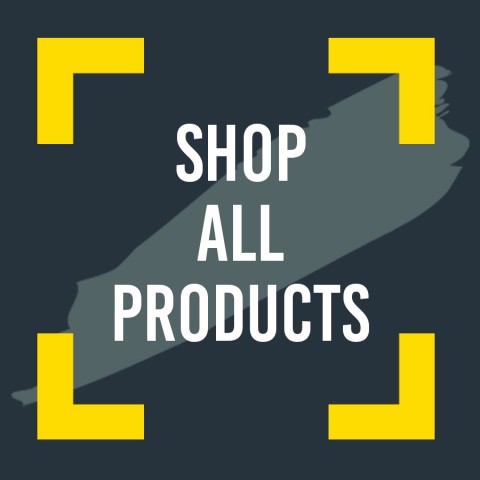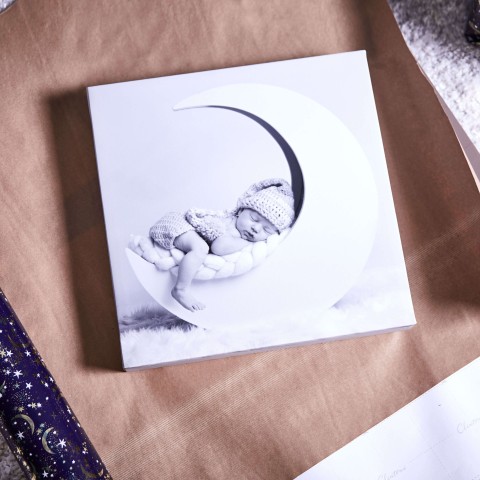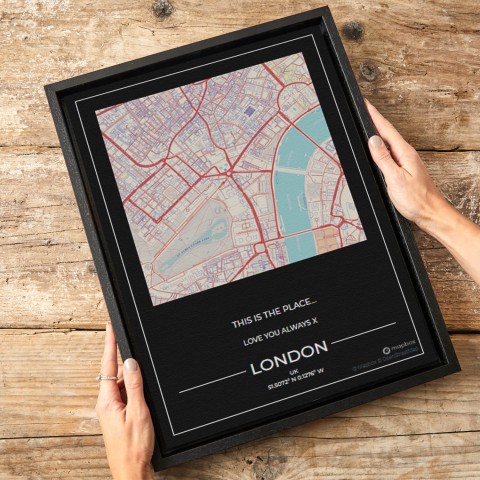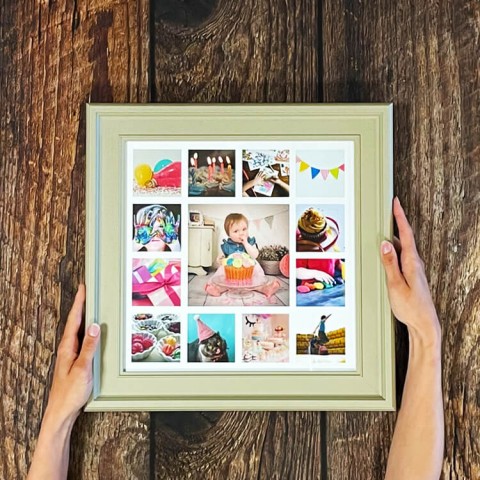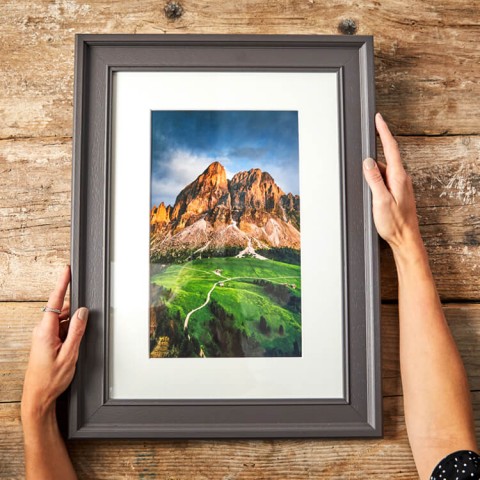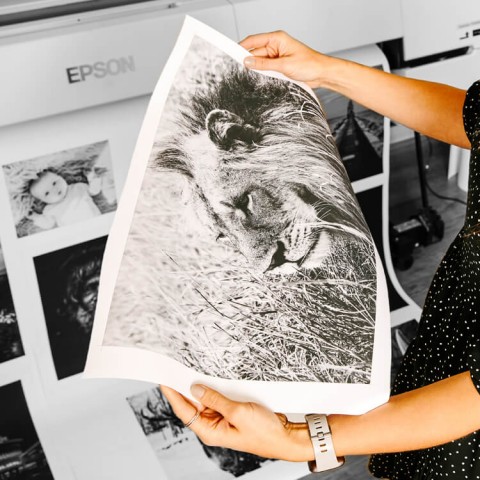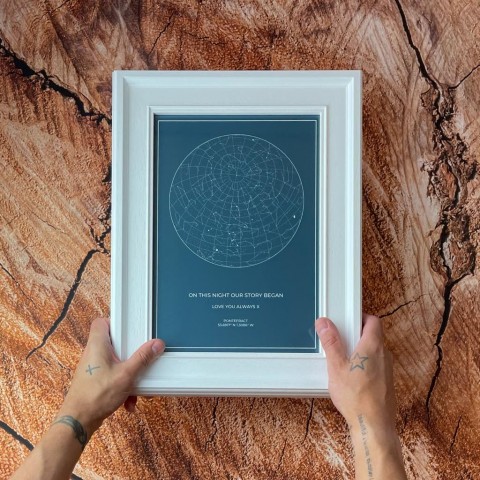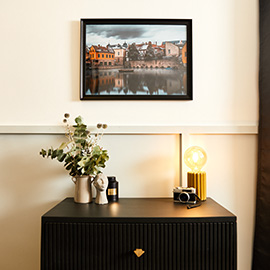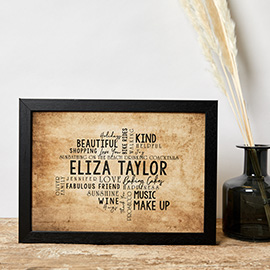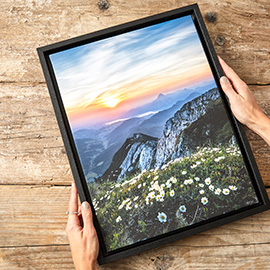When it comes to working with off-camera flash, there are few living photographers as influential as David Hobby. Former staff photojournalist with The Baltimore Sun, David has been running one of the most successful online photography blogs for over a decade – a blog dedicated to helping professional and amateur photographers learn how to use off camera lighting to improve their images.
The Hobby method
What we like most about David’s approach to his work is his constant willingness to evolve and try new ideas, and his innate photojournalistic ability to work on the fly. If you go back and read some of his earlier ‘On Assignment’ posts from his days on the paper, you’ll see how he used simple homemade lighting modifiers, fold-up umbrellas and lots of old Nikon flashguns. When coupled with a great understanding of how light works, he managed to convey exactly the emotion he wanted in high-pressure situations with gear we can all afford.
Evolving your work
Like all great photographers, David Hobby has never rested on his photographic laurels and has always looked for ways to improve. He’s clearly been influenced by some wonderful portrait photographers, but none more so than Dan Winters – a master of lighting in subtle layers to create depth and a painterly texture – which is why his work and teaching has evolved along with his audience. We can all learn from this willingness to grow, try new ideas, and be willing to make mistakes.
Learning from David Hobby
If you’re a newbie to using off-camera flash, there’s simply no better resource than David’s www.strobist.com Lighting 101 series – the perfect primer for the budding portrait photographer. In this comprehensive guide, David walks you through everything from gear, understanding flash exposure, balancing flash and ambient light and how to use light to tell a story. Work your way through the lessons and post your results on the Strobist Flickr group where the friendly members will offer advice and critique your work to make sure you’re on the right track.
It doesn’t stop there though. Once you’ve had your “Eureka!” moments with Lighting 101, you can move onto Lighting 102 and 103 – both will deepen your understanding of the subject and give you a toolbox full of great skills to serve you in every situation.
As well as being a great photographer, David Hobby is also a master at relaxing and getting the best out of his subject, so follow his advice, keep a smile on your face, and get out there with your camera and small flashes – you might find yourself as famous as him one day!

